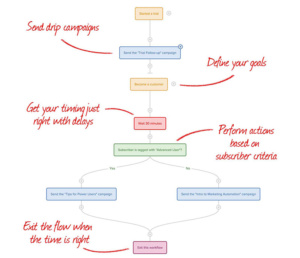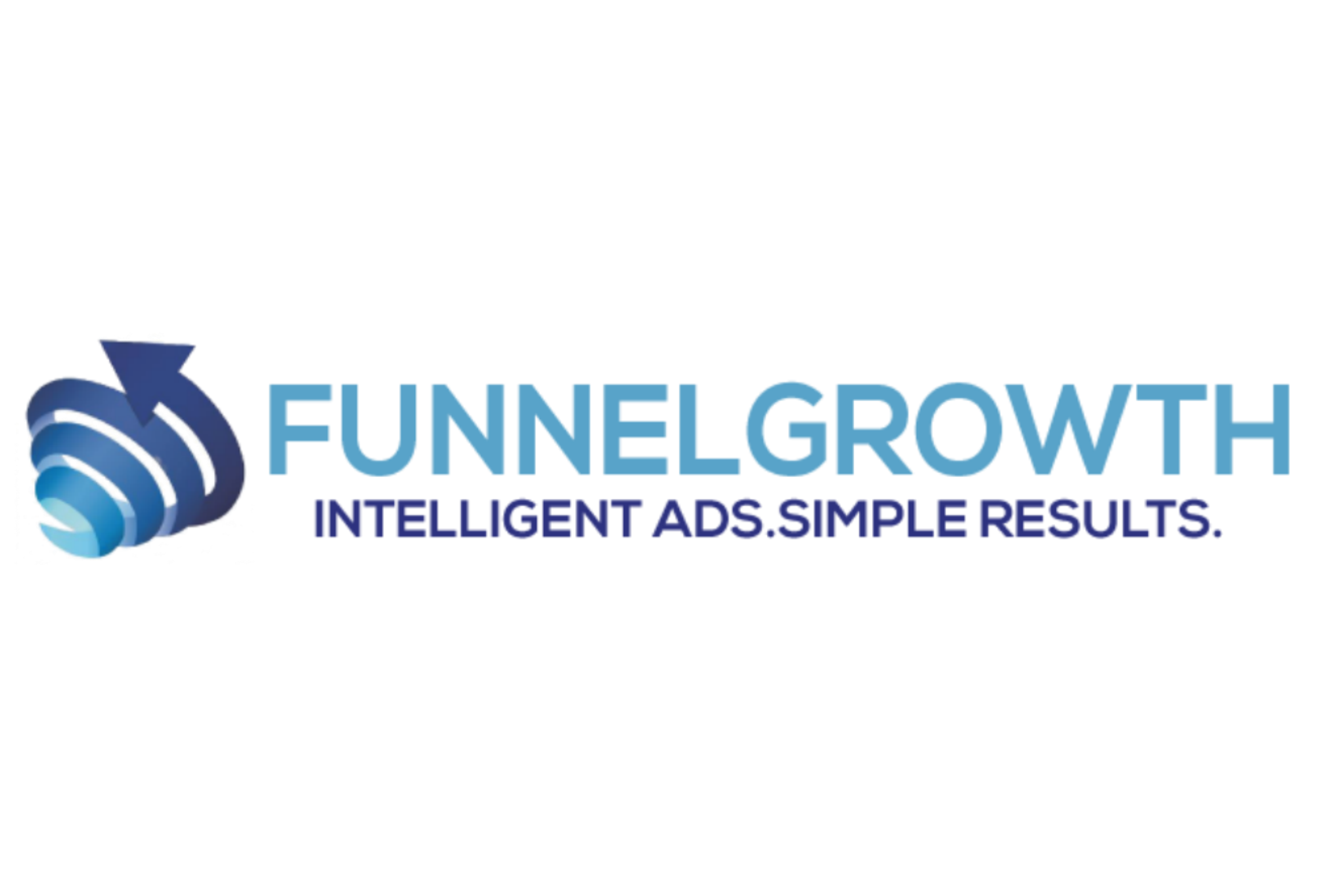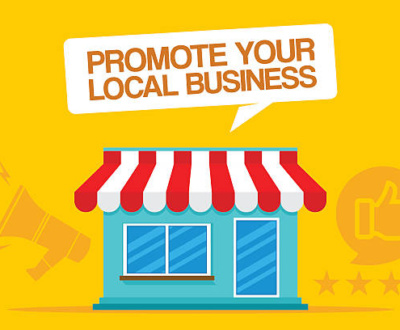
Chances are, you have heard of the term marketing automation. It’s been a buzzword in marketing for the past few years, and we are predicting it is only going to become increasingly more popular in 2018.
To get started with marketing automation, we’ve outlined what it is and why it’s important to your organization’s marketing success.
What is Marketing Automation?
Marketing automation refers to software that automates your marketing efforts. Simply put, it exists with the goal of executing marketing actions (i.e. sending out e-mail campaigns, publishing social media posts, updating CRM systems with website engagement, etc.) without manual action taken by your staff.
When used correctly, marketing automation’s end-goal is to nurture prospects with relevant content that is meant to convert them into loyal customers. This results in giving you (the marketer) more free time to focus on strategy, instead of mundane tactical execution..
Marketing Automation’s Impact
The goal of marketing is to generate more revenue for your company through branding awareness and calls to action. To do this, you need to drive traffic to your website, convert that traffic to a lead, and then turn those leads into customers. Email marketing is a popular strategy that organizations utilize to push their message out and generate sales because it is one of the very few online channels that cannot be changed every few months via an algorithm update. But does the email work once it lands in your prospect’s inbox? It’s hard to tell.
This is where marketing automation makes a large impact. Marketing automation allows you to nurture your leads through the entire buying process, delivering highly-targeted, personalized messages that address their specific barriers to purchase.
As an example, here is what a basic automated email workflow could look like:

Step 1: You send an email invitation to a targeted list of contacts to sign up for a webinar your organization is hosting.
Step 2: You send a thank you note to all the people that attended the webinar, along with the presentation.
Step 3: A few days later, you send a follow-up email to the list of people who registered for the webinar, offering them a case study relating to that topic.
Step 4: Finally, when a recipient downloads that case study, your sales team will get a notification so they can follow up with them (this person is now much more qualified and is likely farther down the buying process).
From a customer perspective, they are receiving a much more personalized journey than that of an email blast that is sent out to thousands of others on a scattered list. From the marketer’s perspective, you are providing a journey that is targeted, automated, and efficient to reach your intended audience.
Let’s go over some of the benefits so you’ll see why marketing automation is important for marketers and business owners.
Marketing Automation Fast Facts
- Marketing automation drives a 5% increase in sales productivity and a 12.2% reduction in marketing overhead.
- 75% of marketers say the biggest benefit of automation is saving time.
- 77% of marketers see an increase in conversions by using marketing automation software.
- 80% of marketers increase their leads when using marketing automation software.
- 68% of marketers say the biggest benefits of marketing automation include increased customer engagement.
What are the Benefits of Marketing Automation?
1. Save Time and Increase Productivity
With marketing automation, you rarely have to worry about going into a tool every day to schedule social media posts or manually e-mail each new subscriber to your content. A marketing automation tool allows you to schedule everything you need ahead of time, which will free you up to do other marketing activities.
Integrated tools such as SharpSpring, Ontraport, & Infusionsoft allow you to bring all your marketing efforts into one portal – saving you from having to switch between tools for social media, email, CRM, and more.
2. Get More Out of Your CRM
By integrating your CRM software with your marketing automation tool, you can see your contact’s sales and marketing activities all in one place. Most importantly, where your contacts are in the marketing funnel. If you choose to use separate tools for CRM, e-mail automation, social media, etc. many tools have native integrations with each other but in the event that they don’t, using connectors like Zapier and Webhooks can tie all of your marketing tech together to avoid those manual entries.
Marketing automation tools, when set up correctly, will show you what resources your contacts have downloaded, what web pages they interact with, and how frequently they engage with your brand online (just to name a few). This gives you a much more in depth picture of a contact’s relationship with your brand and makes it easier to align your outreach with it.
3. Ensure Smooth Workflows and Consistency
When manually performing repetitive, routine tasks, human error can get in the way. Marketing automation systemizes activities, processes, and documentation, allowing for a smoother marketing workflow. For example, if a user subscribes to your blog, you can enable workflows to automatically send a welcome email suggesting articles or sharing a follow-up offer.
Similarly, abandoned-cart emails have become increasingly popular for e-commerce sites, which are sent to users who leave items in their online shopping cart, enticing them to come back and purchase what they may have forgotten about. With marketing automation, all of this is done on its own; no need to worry about manually sending out emails to your database.
4. Reap from “Big Picture” Data
Marketing automation tools show insight into your marketing KPIs (key performance indicators). Automated reports provide comprehensive analytics of your traffic, conversion rates, clicks, etc. all in one place.
These tools give you a big picture of your data and how everything works together, rather than forcing you to jump from platform to platform. This makes it much easier to make changes on the fly when you see a drop off in engagement at a certain part of your e-mail follow-up series or if people are unsubscribing from your list because they’re being contacted too often.
5. Enable Personalization
Marketing automation tools make personalizing content to your target personas easy. Incorporating customized elements, like adding an email recipient’s first name to a subject line or greeting, make your emails appear more personal; as if they were sent specifically to them rather than to a large list. As a result, this drives higher open and engagement rates.
With marketing automation, personalized workflows are easy to set up, and deliver real results. By reaching the right person at the right time with the right message, you can customize your content to meet your personas needs and/or provide the solutions they’re looking for when they need them.
In Conclusion
In a nutshell, marketing automation helps streamline your marketing and sales process and gives you greater visibility into what your visitors and leads are actually interacting with your content. This process can be as simple, or complicated, as you like but by nurturing your prospects, you avoid the hard-sell approach in favor of content that is personalized, relevant and aligns with what our customers and prospects are looking for as they move down your sales funnel and toward a purchase.
This is author biographical info, that can be used to tell more about you, your iterests, background and experience. You can change it on Admin > Users > Your Profile > Biographical Info page."
About FunnelGrowth
We are a digital marketing company with a focus on helping our customers achieve increase their sales across all online channels.
Request a free quote
Is your company's marketing not getting the results you need or you need help executing a new campaign? Contact us to schedule a FREE 30 minute strategy session.
Recent Posts
- The Importance Of Good Web Hosting September 17, 2019
- Why You Need Google Reviews For Your Local Business September 3, 2019
- Making A Content Strategy For Your Business August 20, 2019

